Read any gardening advice, and you’ll find no shortage of information on the benefits and absolute necessity of fertilizing your garden with nitrogen.
While there’s plenty of argument about this nutrient and how it should be provided, the bottom line is that your plants absolutely need it in order to be healthy.
But what is nitrogen - and is there a way to provide it to your plants without loading up the soil with potentially harmful chemicals?
Absolutely. You just need to consider growing these plants that will fix nitrogen for you.
Jump to:
- What Are Nitrogen-Fixing Plants?
- 1. Crimson Clover
- 2. White Sweet Clover
- 3. Hairy Vetch
- 4. Southern Peas
- 5. Texas Bluebonnet
- 6. Partridge Pea
- 7. Lindheimer’s Senna
- 8. Anacacho Orchid Tree
- 9. Golden Lead Ball Tree
- 10. Texas Mountain Laurel
- 11. Redbud
- 12. Peanuts
- Nitrogen-Fixing Plants: The Secret to a Healthy, Thriving Garden!
What Are Nitrogen-Fixing Plants?
Nitrogen-fixing plants are those that have roots colonized by specific kinds of bacteria with the ability to extract nitrogen from the air and to convert it to a usable form of nitrogen that can be used to help them grow. As soon as the bacteria are finished using the nitrogen, it is available to the plants.
This symbiotic relationship is known as nitrogen fixation and it’s incredibly valuable to anybody looking to cultivate a garden.
Nitrogen-fixing plants contribute an essential plant nutrient that's necessary for healthy fruit and foliage production. In particular, plants that contain sufficient amounts of nitrogen can conduct photosynthesis at an adequate and healthy rate.
Without nitrogen, your plants will likely develop yellowing, unhealthy-looking leaves.
You can always add nitrogen with chemical fertilizer, but the problem with this is that it has the ability to seriously deplete your soil of healthy bacteria.
Over time, this can lead to the soil that is no longer reproductive and suitable for growing. Nitrogen-fixing plants, on the other hand, will do the heavy lifting for you.
Most nitrogen-fixing plants are cover crops that belong to the legume or pea family. These are easy to grow and easy to remove when it’s time to plant. There are, of course, other nitrogen-fixing plants like shrubs and trees, but these can be tougher to work with.
Interested in growing a garden that is nitrogen a-plenty? Here are some of your best options.
1. Crimson Clover
Crimson clover, like all other kinds of clover, is one of the most popular choices when it comes to nitrogen-fixing plants. This versatile choice is reliable and perfect for use in both the spring and in the fall.
It offers gorgeous color with its red, three-inch-long flower heads. It has a lush, velvety appearance that can really liven up the rest of your garden, even when there’s nothing else in bloom.
2. White Sweet Clover
White sweet clover is another kind of clover that you might consider for the garden. There are multiple cultivars you can grow, including ‘Silver River,’ an option that is irresistible to bees.
Although it’s not as vibrant as crimson clover, it’s still beautiful in its own regard. It is also drought-tolerant and rust-resistant, meaning it will be easy to care for as it supplies nitrogen for your garden.
3. Hairy Vetch
There are many kinds of vetches that you can grow, most of which are great at fixing nitrogen in the soil. One of the hardiest is hairy vetch, or Vicia villosa. It grows well in cold climates and can be grown in just about any soil type. It’s a wonderful choice if you’re looking for a cool-season cover crop.
4. Southern Peas
Southern peas aren’t just effective cover crops - they’re also edible. Southern peas come in many shapes, forms, and styles, including black-eyed peas, purple hulls, and cream peas.
All of these are warm-season crops that grow best when the soil is warm (ideally around 60 degrees). They can grow in just about any kind of soil and are easy to grow, harvest, and shell. If you decide not to eat them, all you have to do is till them when they are done at the end of the season.
5. Texas Bluebonnet
A herbaceous perennial, the Texas bluebonnet is, as you might guess, native to Texas. It is the state flower here and is grown along state highways all throughout the south.
It doesn’t provide the all-encompassing look of a cover crop, like the many options listed earlier in this list, and instead creates a gorgeous pop of blue color each and every spring. It’s also a legume, which is why it is so effective at fixing nitrogen in the soil.
6. Partridge Pea
The partridge pea, or Chamaecrista fasciculata, grows best in zones 3-9. Out of all the nitrogen-fixing plants on this list, this one has one of the broadest ranges. It blooms from May to October, producing lovely flowers that endure all the way to the first frost. It grows well in sandy soil.
7. Lindheimer’s Senna
Lindheimer’s Senna is one of the few nitrogen-fixing shrubs on this list. It blooms from August until October, producing gorgeous yellow blooms and pinnate leaves. It grows best in dry, stony soils, making it a good option to choose where other plants might be more challenging to grow.
8. Anacacho Orchid Tree
This uncommon tree is a beautiful option that not only is lovely to look at, but thrives in warmer growing zones. It is hardy in zones 8-11 and produces gorgeous white flowers and leaves that look just like folded hearts.
9. Golden Lead Ball Tree
The Golden Lead Ball Tree, or Leucaena retusa, is another tree that grows well in warm areas. It produces large golden flowers that grow in fuzzy balls along with pale green foliage.
Hardy in zones 7-9, this plant looks like something straight out of a whimsical children's book.
10. Texas Mountain Laurel
Texas Mountain Laurel is another beautiful tree you can grow that is hardy in zones 7-10. It blooms in the spring, often the first shrub to do so at this time in the South. It produces dense clusters of purple blossoms that have an enticing, heady aroma.
11. Redbud
There are several kinds of redbud trees you can grow, most of which are known for their ability to fix nitrogen in the soil.
One of these is the Texas Redbud.
Hardy in zones 4-8, this tree is a small tree that produces a beautiful understory with its purple-red buds, brown seed pods, and heart-shaped leaves.
Another option is the Eastern Redbud, which has a more extended growing range but is also hardy in zones 4-8. It requires a bit more water than the drought-tolerant Texas Redbud and is also quite a bit larger.
12. Peanuts
Believe it or not, even peanuts can be instrumental when it comes to growing a nitrogen-rich garden! Peanuts can be grown at any time in a garden’s life cycle, even as pioneer species. They are herbaceous plants that can be harvested, too, if you let them grow out their entire cycle.
Nitrogen-Fixing Plants: The Secret to a Healthy, Thriving Garden!
If you’re ready to start growing a magazine cover-ready garden, it’s time you consider growing a few nitrogen-fixing plants. It doesn’t matter whether your garden is the size of a postage stamp or 200 acres when all is said and done.
Using nitrogen-fixing plants will help you make the most of your soil and improve your soil’s overall fertility and health with very little effort or expense on your part.
Consider growing a few of these 12 nitrogen-fixing plants - the soil bacteria will thank you!


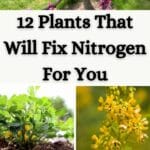

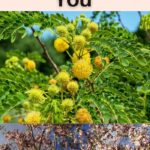


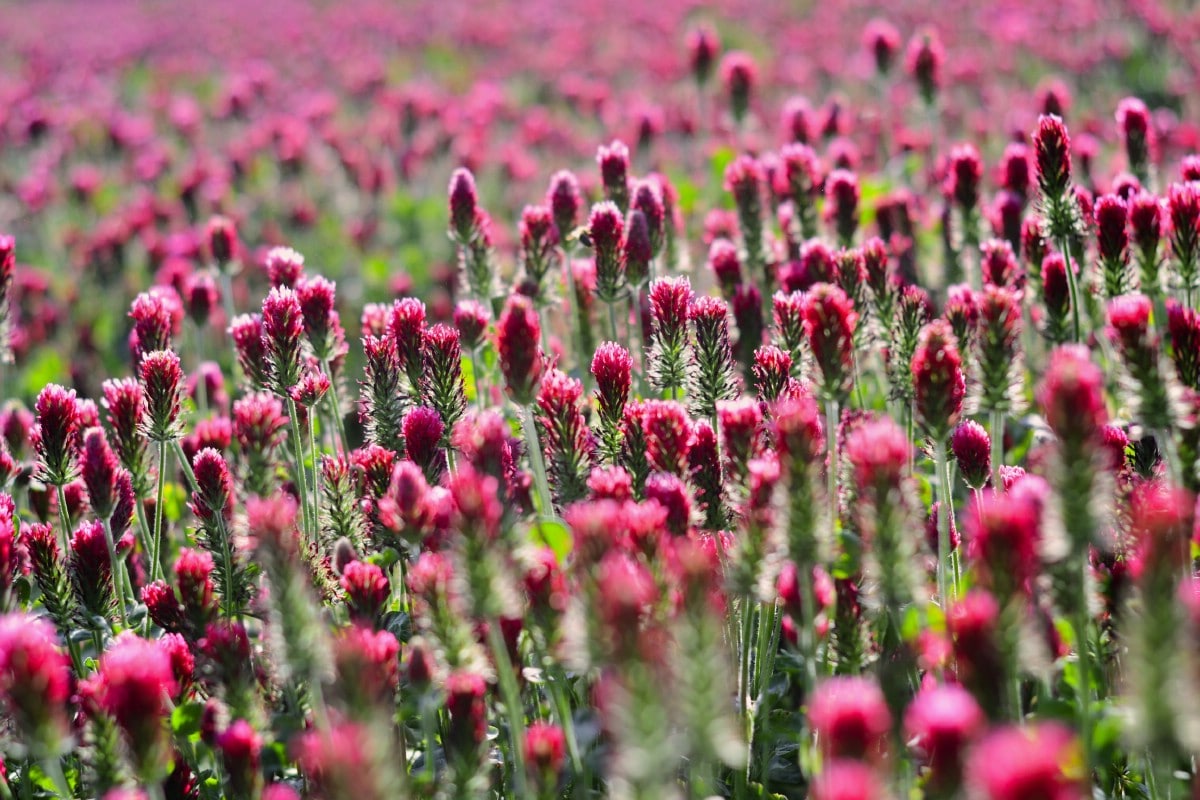
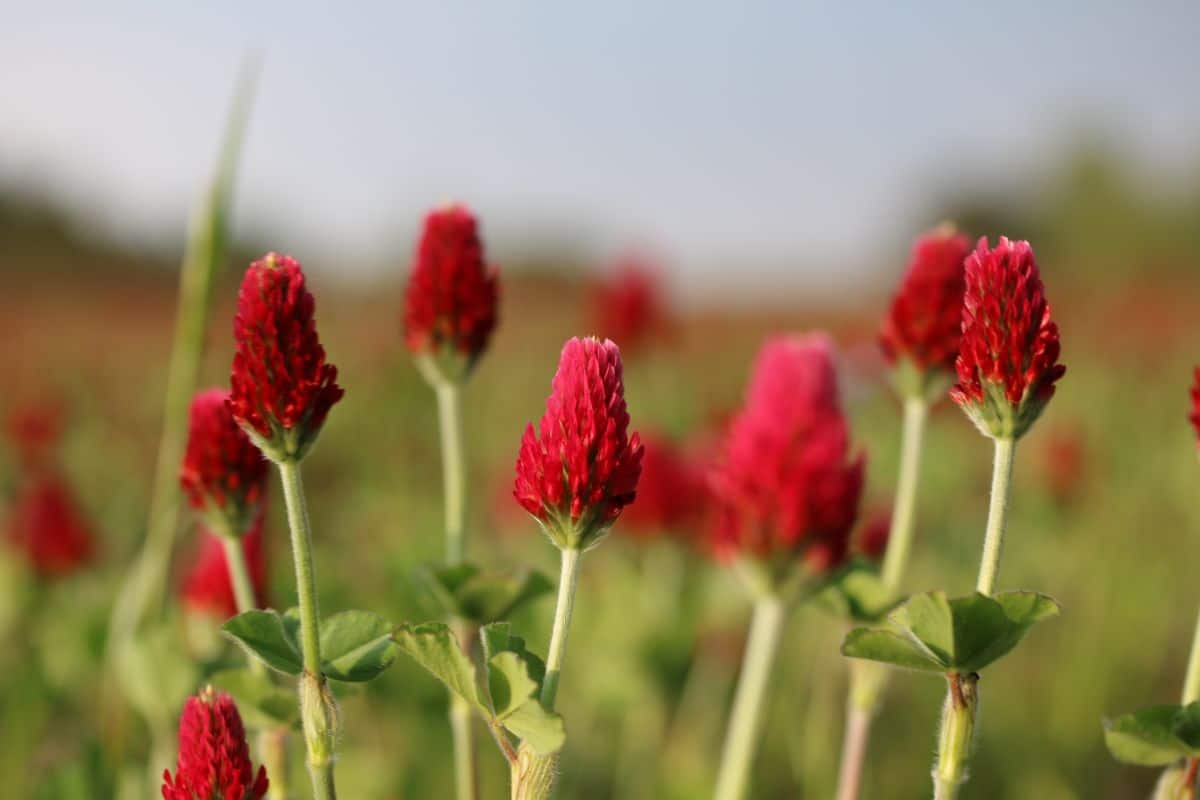
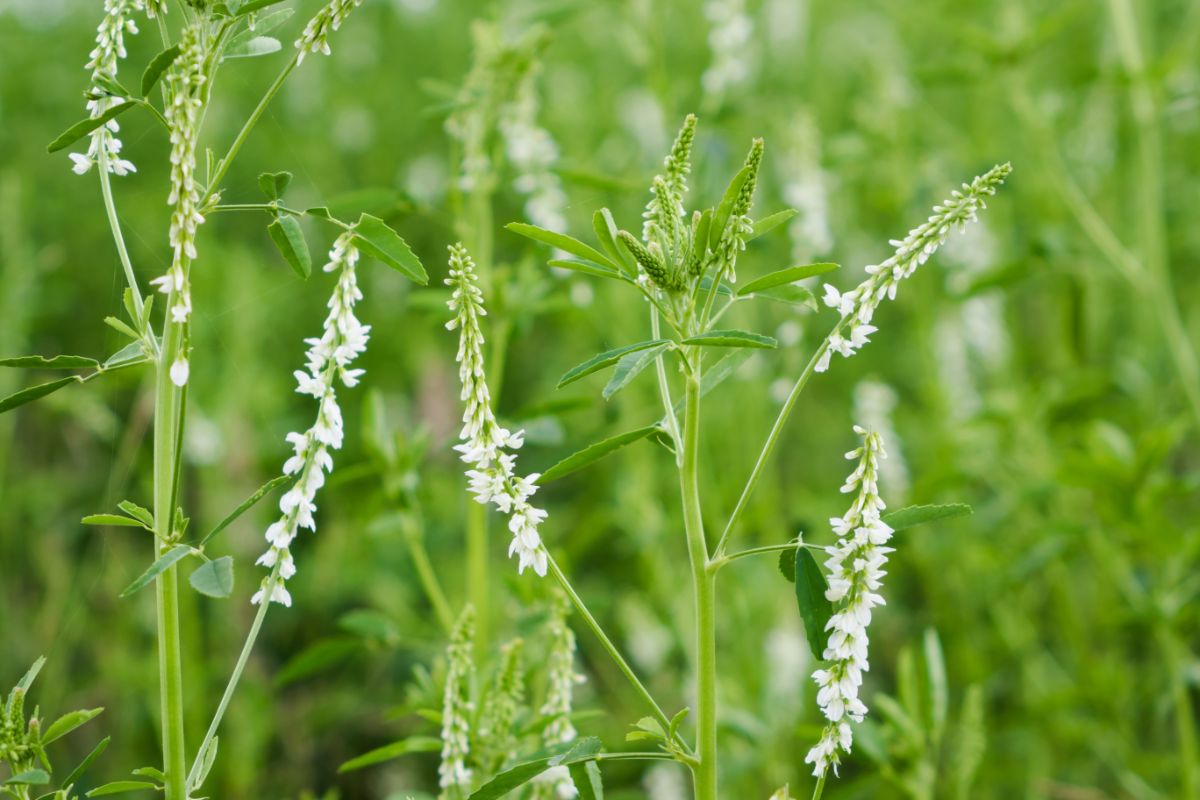
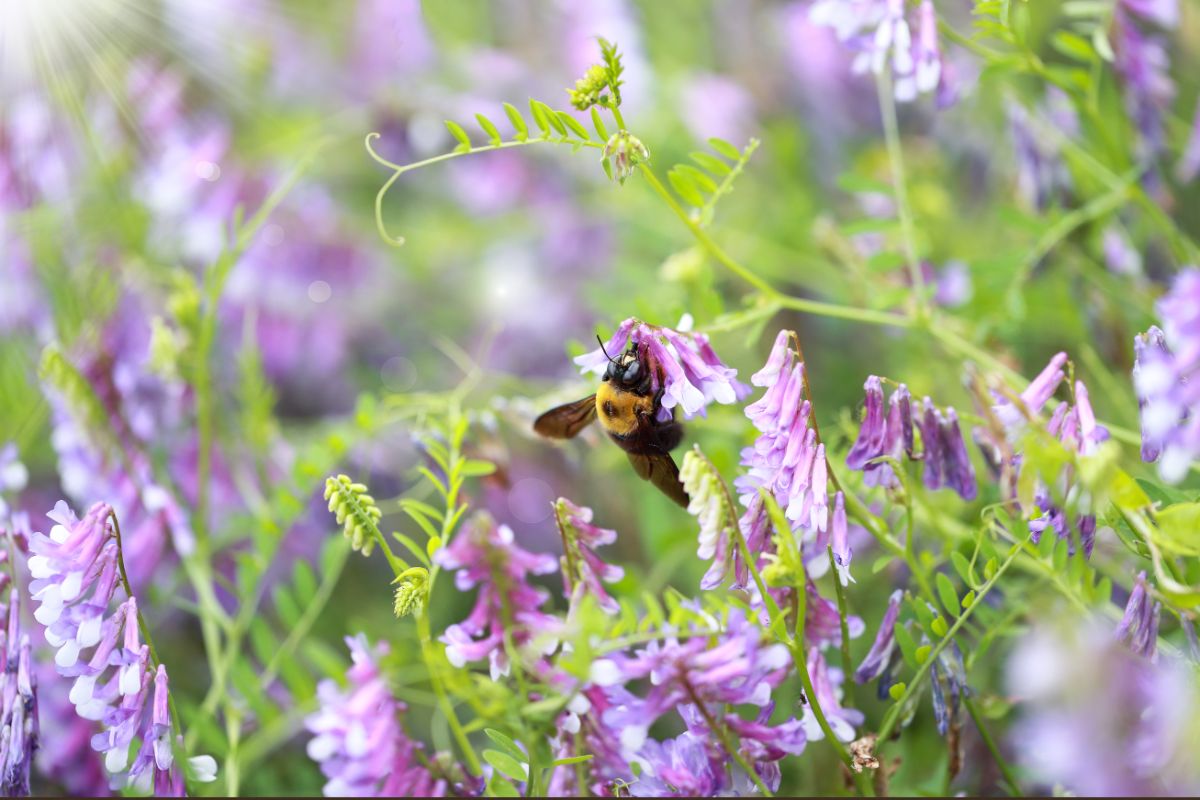
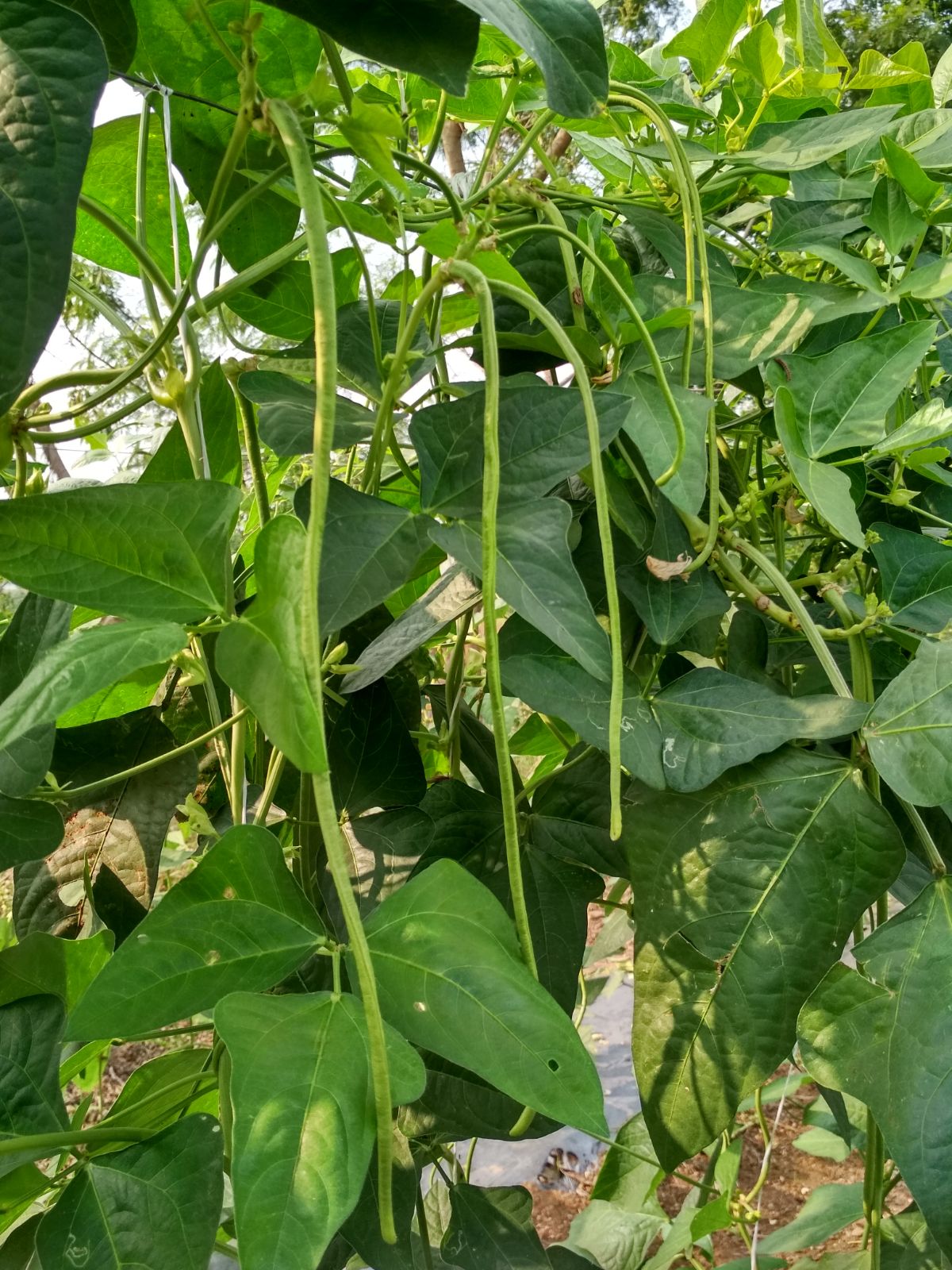
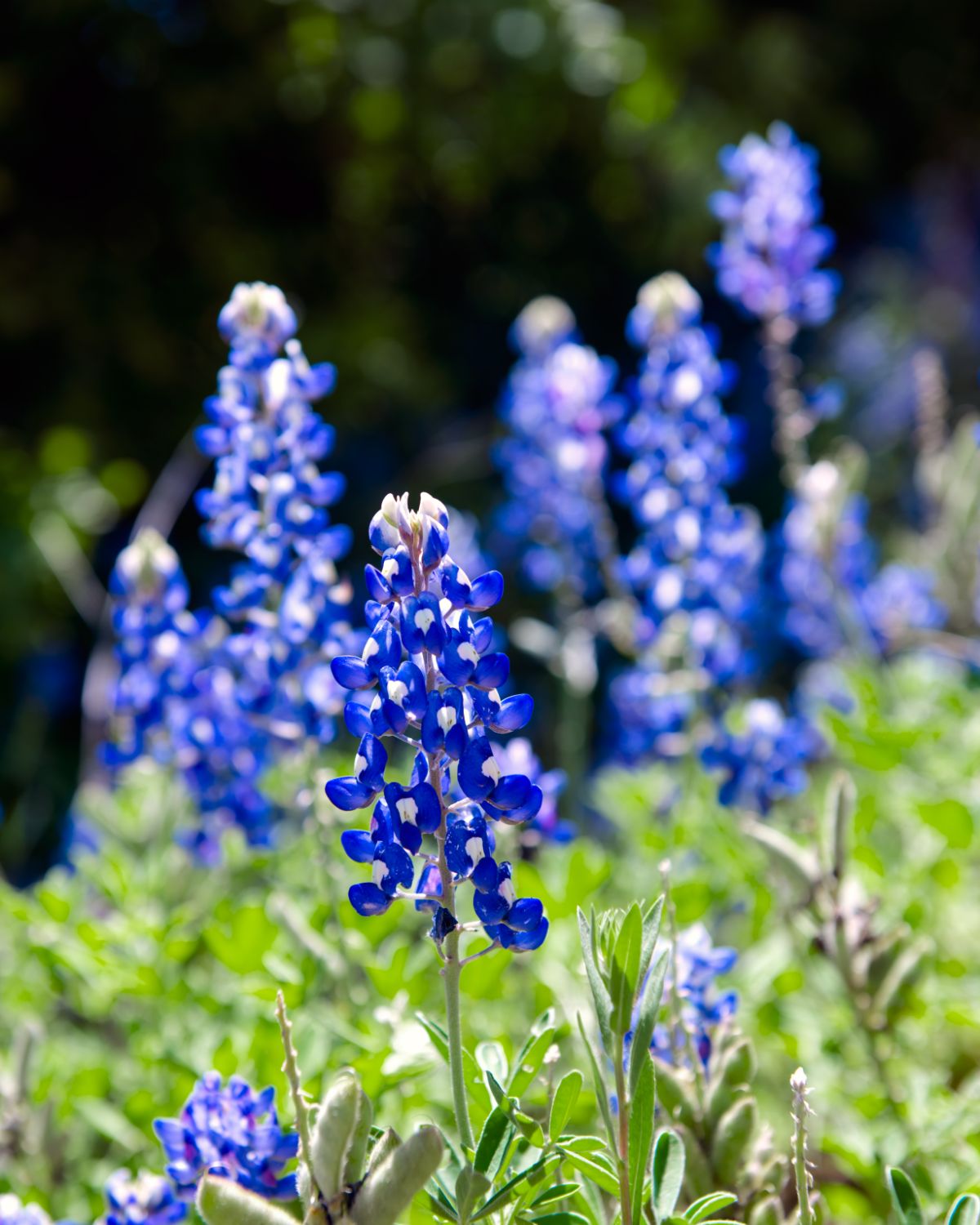
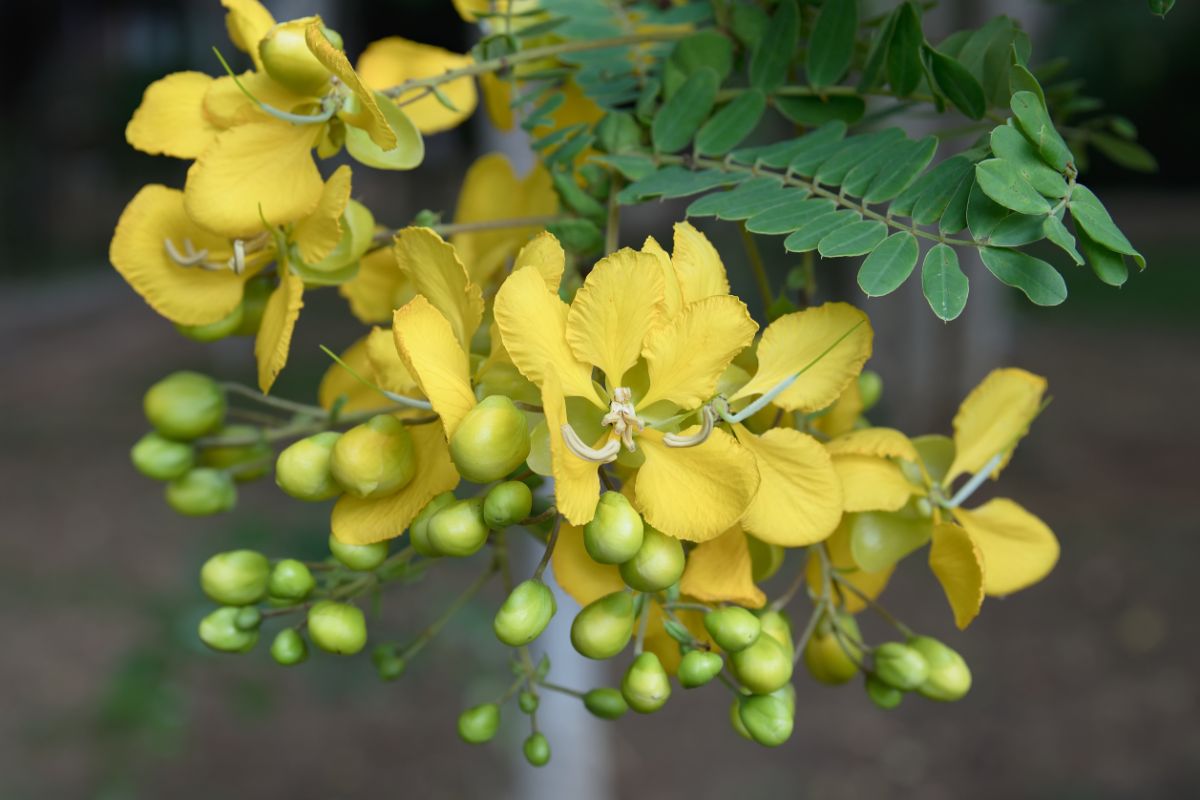
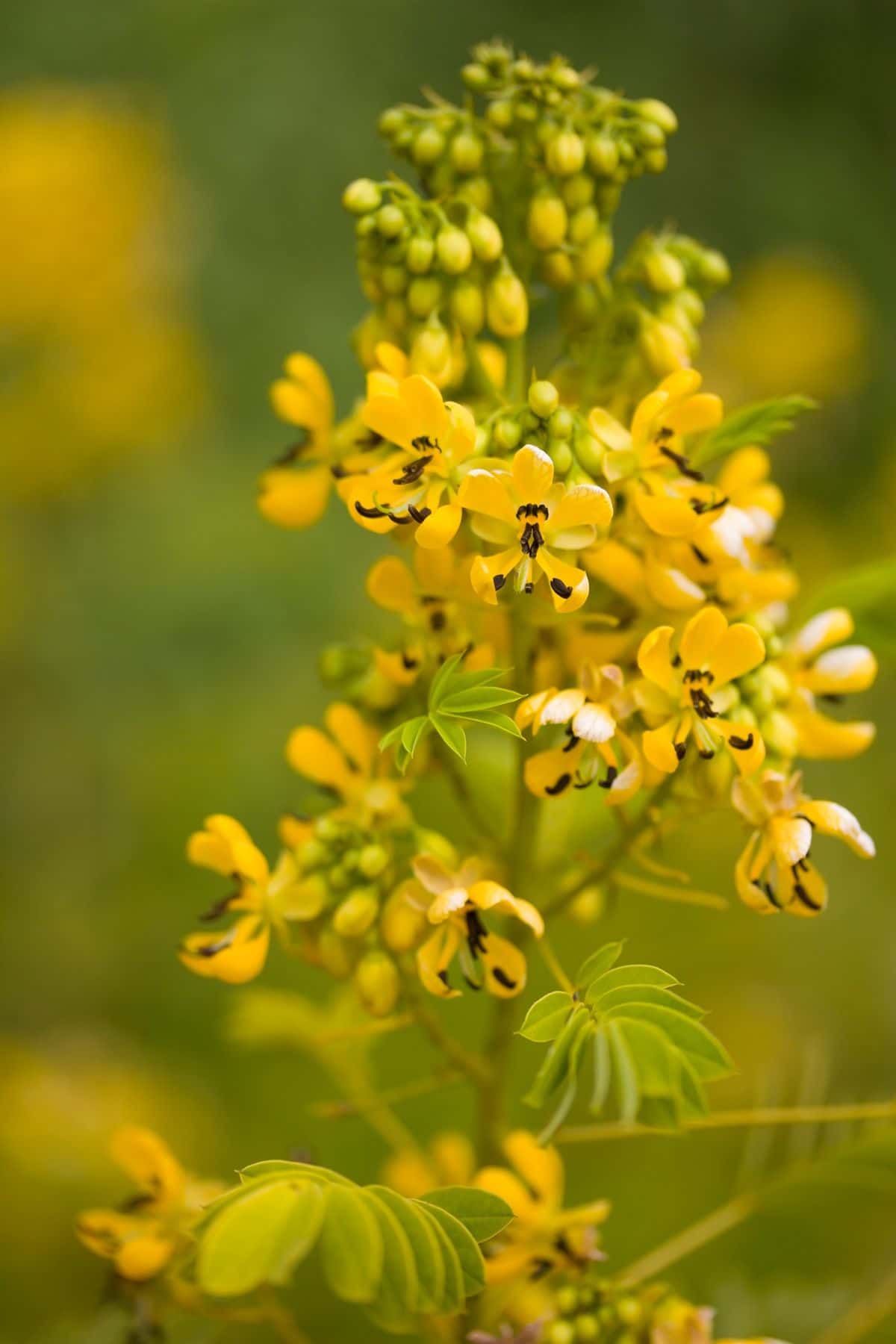
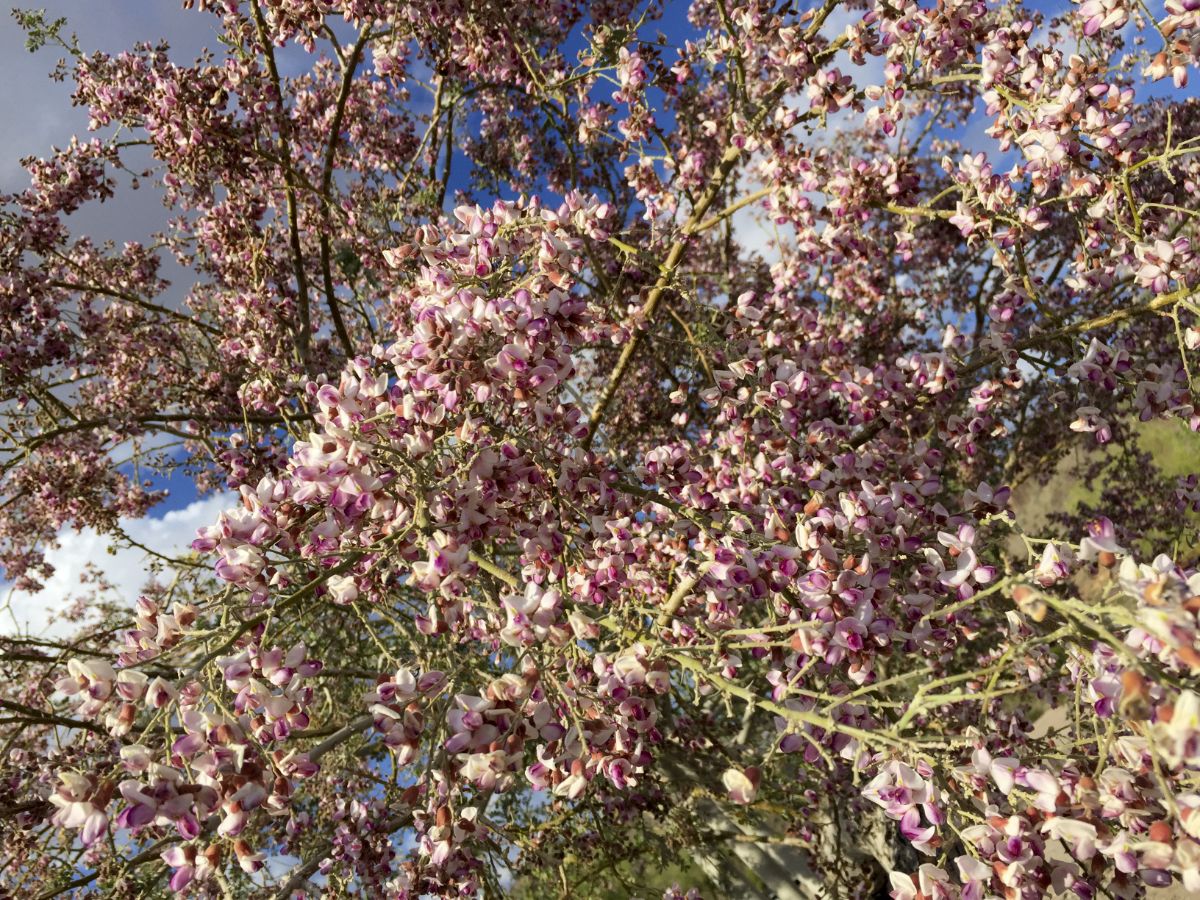
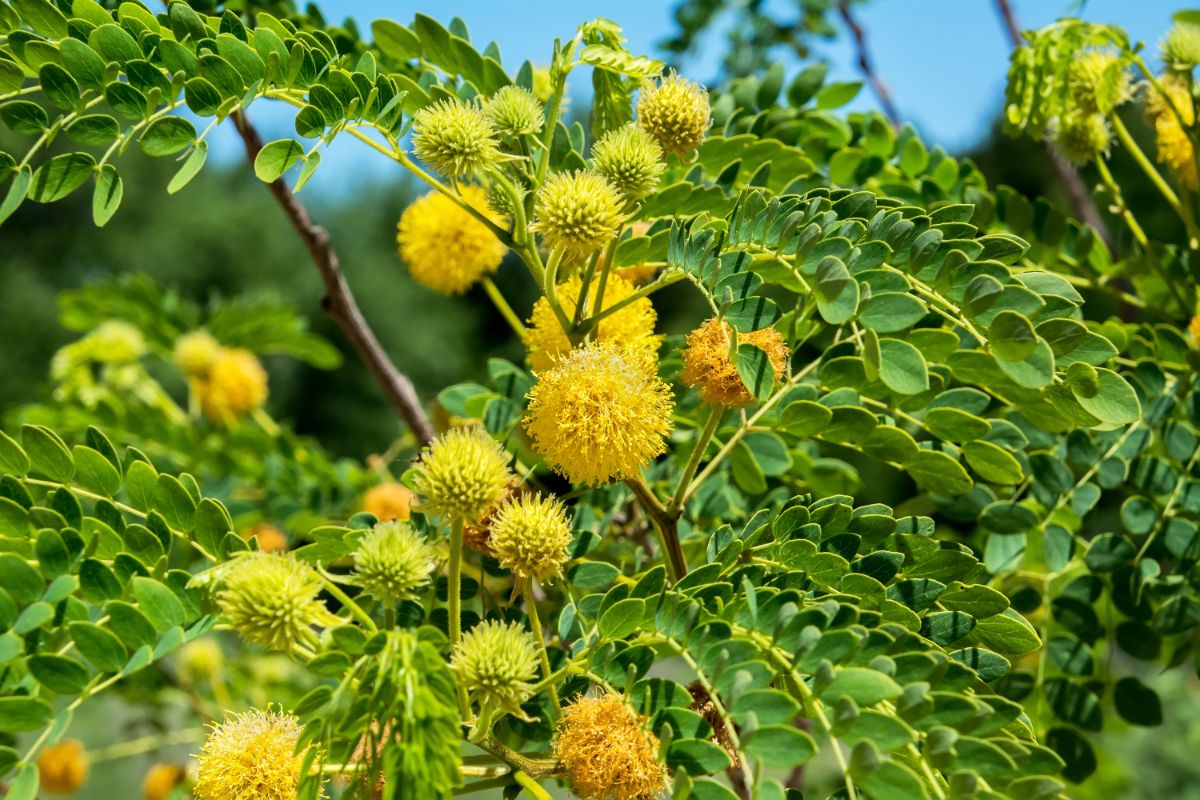
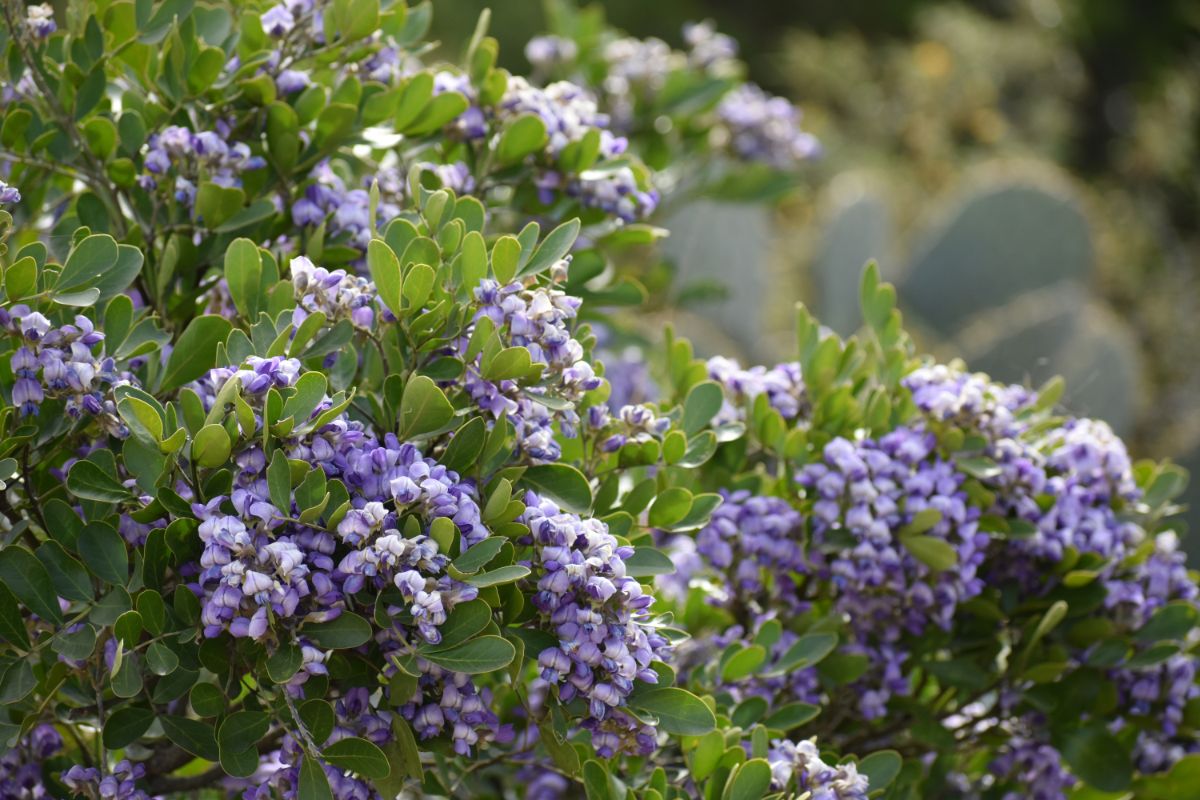
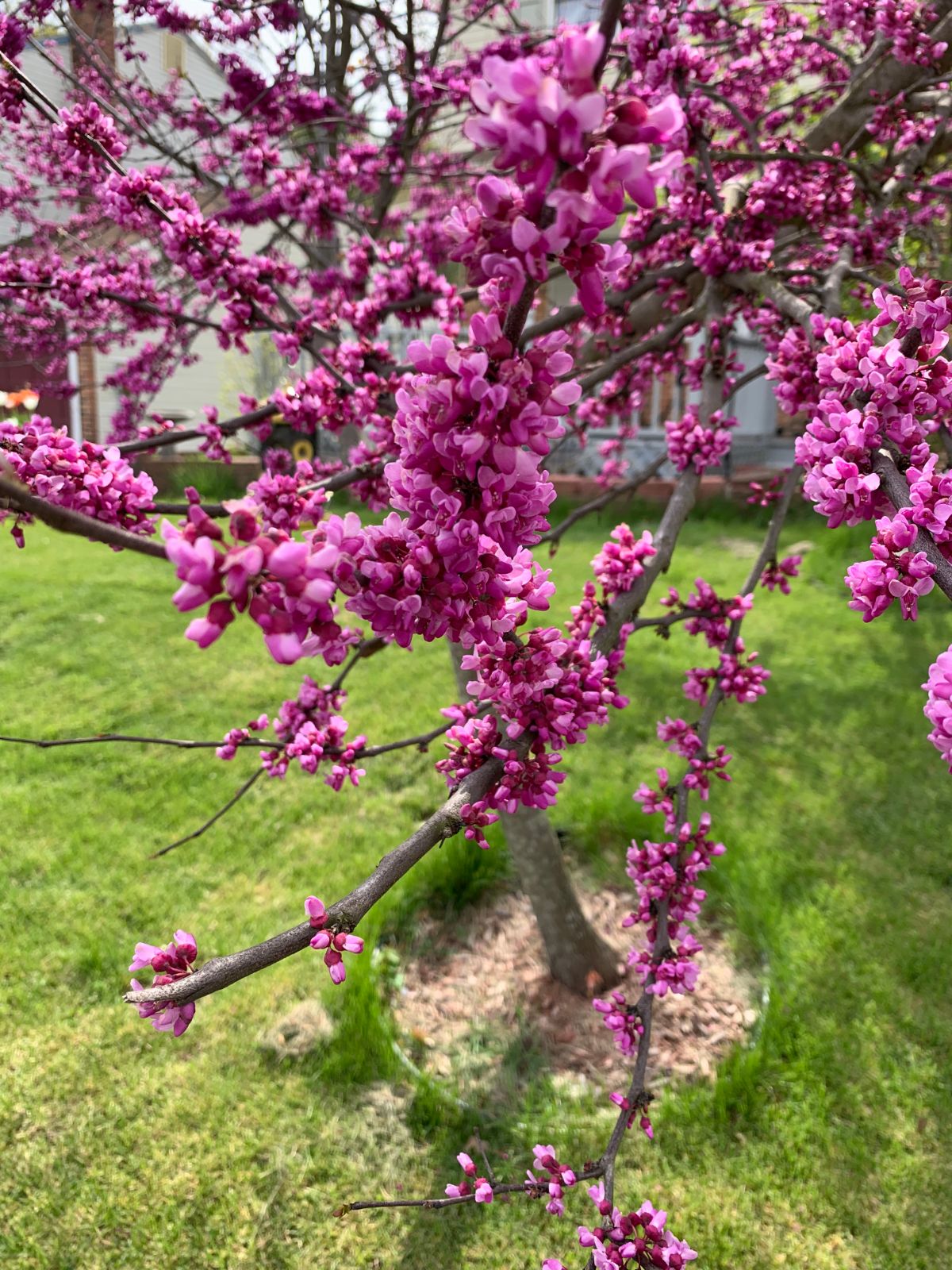
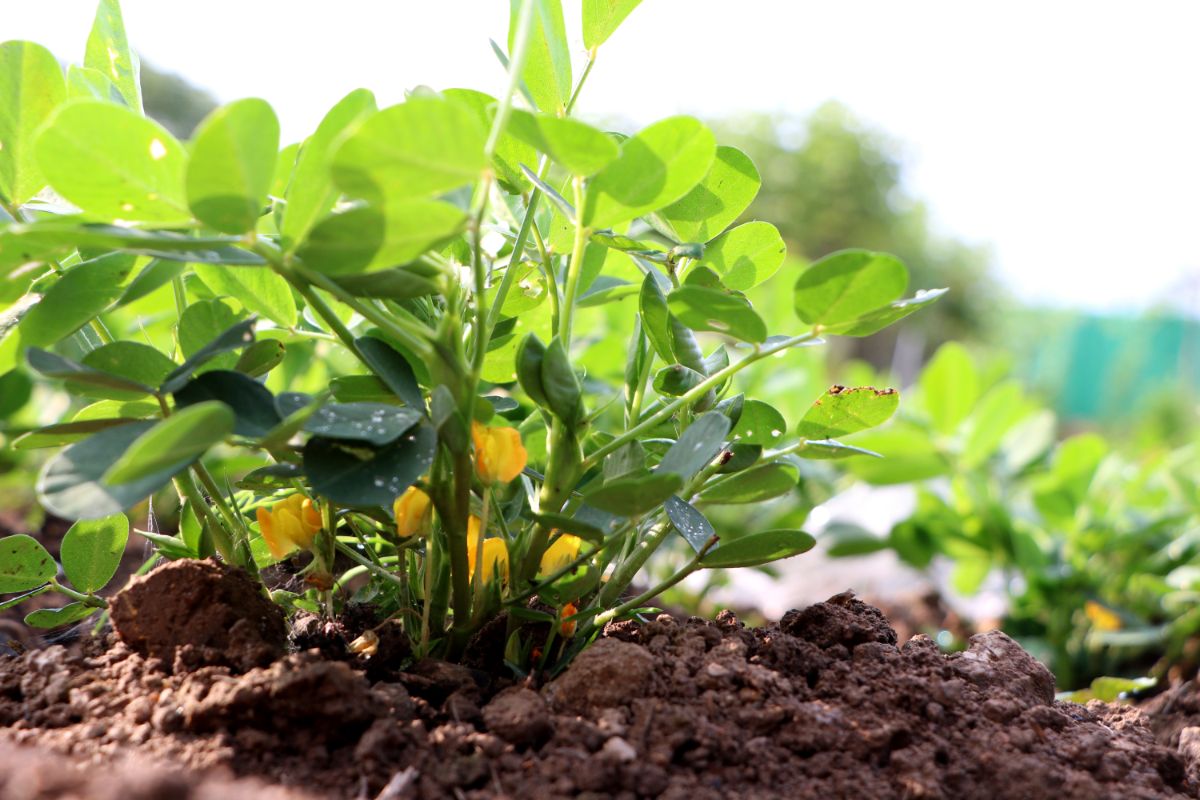
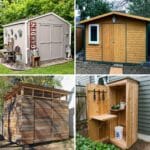

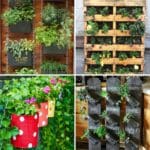

Leave a Reply